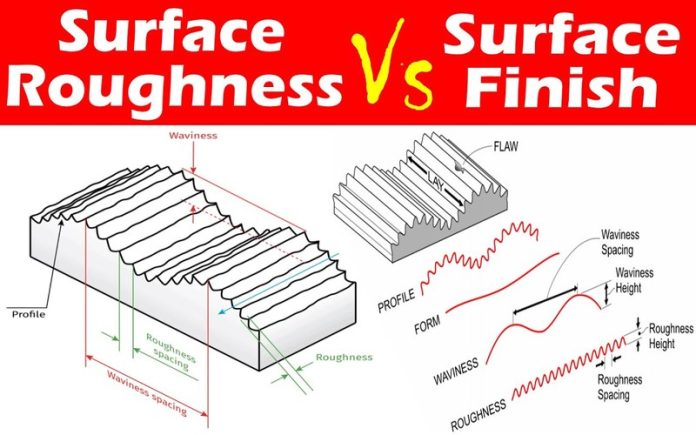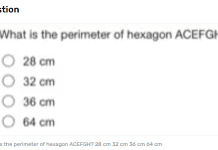Introduction
Surface finishing adds value to your product by differentiating between a bargain-bin reject and a high-quality product. Before getting a surface finishing treatment for your products, you should be aware of the fact that it consists of so many types. Each type may vary based on weaknesses, strengths, and so many other factors. However, it can be a quite challenging task to choose the best type of surface finishing process for your products.
To make it easy for you, this blog has highlighted the meaning of surface finish, its types, and the way it works. If you think this is what you need then continue reading till the end.
What Do You Mean By Surface Finishing?
Surface finishing involves a large number of different procedures but they all have the same basic purpose, to improve the appearance of the targeted product and increase its value in the market. It works through steps such as addition, alteration, removal, and reshaping of your product. You have to go through electrical, chemical, or mechanical means to achieve surface finishing for your products.
Among all the processes involved in surface finishing, polishing and sanding are known as the most well-known options for surface finishing. Depending on your requirements, you may have to go through different processes to achieve the final quality of your final product.
What Are Common Surface Finishing Methods?
Surface finishing has a lot of different procedures but some of them are listed below :
- It is the most common process that involves the use of an abrasive disk or sheet to remove surface material.
- This process removes surface material by making use of abrasive beads.
- It helps you to reduce the risk of rust damage in your material through the help of chemicals such as nitric or citric acid.
- You have to make use of finer abrasive media for polishing your material.
- A process that is mostly preferred for stainless steel.
- It is a process that helps you to protect your metal by coating a surface through electrical means.
Other processes are :
- Anodising
- Dip Coating Buffing.
- Painting
- Buffing
How Does Surface Finishing Work?
If you are looking to improve the aesthetic appearance of your products with some high quality and efficient method then surface finishing is recommended by most experts nowadays. Not only this, but you can have a greater chance of improving in electrical, mechanical, and chemical properties of your property product through surface finishing. It works through the following procedures :
- This process takes place by the addition of some extra materials such as plasma spraying, powder coating, and galvanizing.
- This process alters the different properties such as chemical, mechanical, and electrical by processes such as carburizing, pickling, and flame polishing.
- This process works through etching, barreling, and grinding.
- Reshape the material. This process works through knurling, peening, and burnishing.
Conclusion
If you are a busy manufacturer and you have no time to improve the quality of your products. You just need to hire a high-quality surface finishing expert to improve the quality of your product. Surface finishing adds value to your product through special procedures so that you, as a manufacturer, give better quality to your customers.










